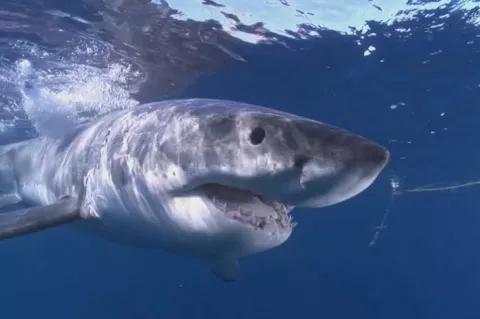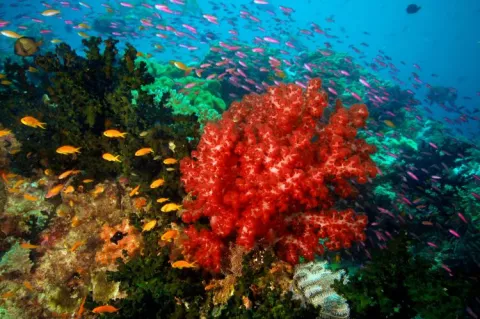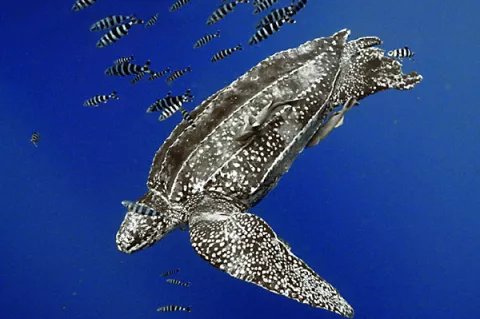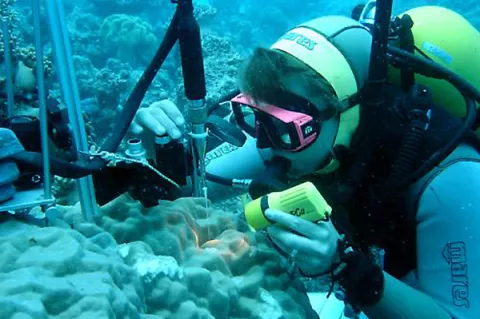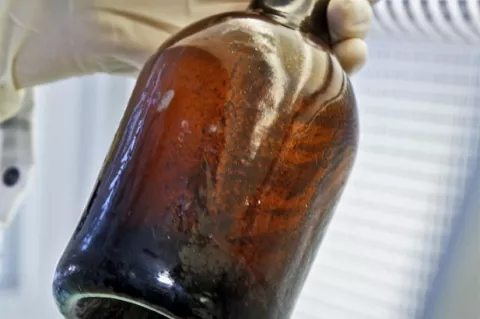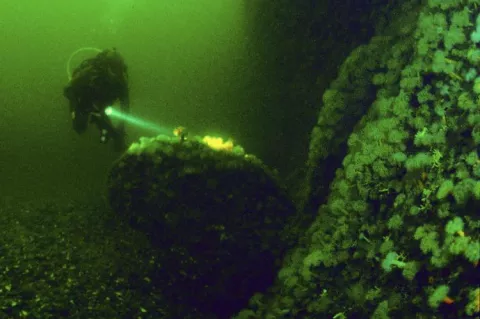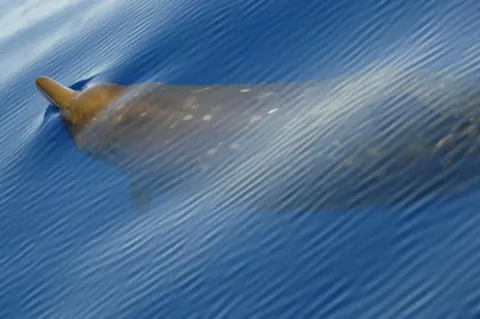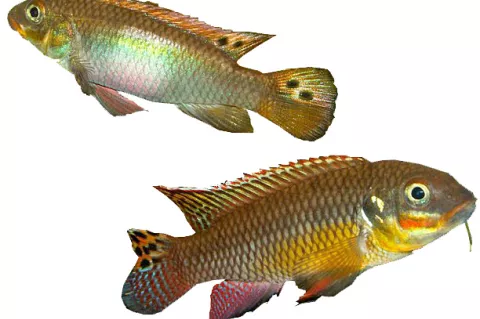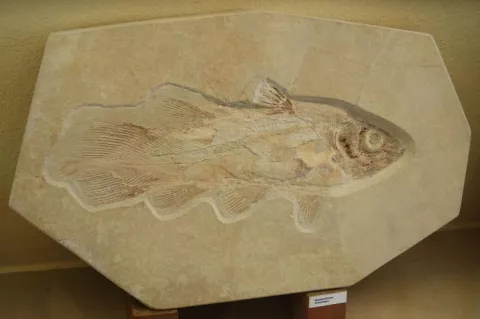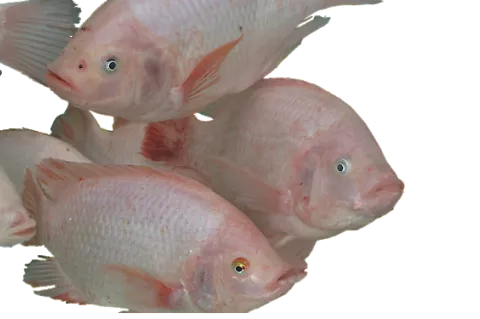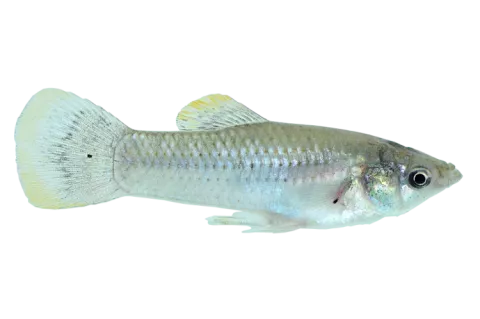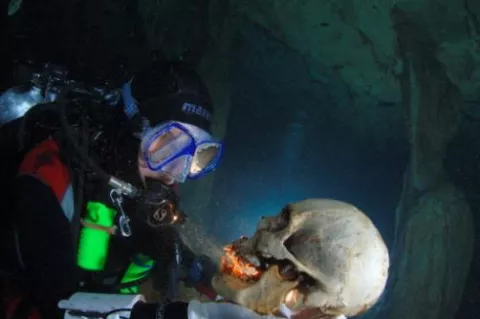Australia has two distinct white shark populations
Scientists identified two distinct populations of white shark at the east and west of Bass Strait in Australian waters, prompting researchers to suggest the huge fish may need a regional conservation plan.
The study examined tissue samples from 97 sharks collected around Australia since 1989 which were caught in beach safety programs, as fishery bycatch and during Commonwealth Scientific and Industrial Research Organisation (CSIRO) field research. Its findings are broadly consistent with satellite and acoustic tracking research led by CSIRO’s Barry Bruce.

